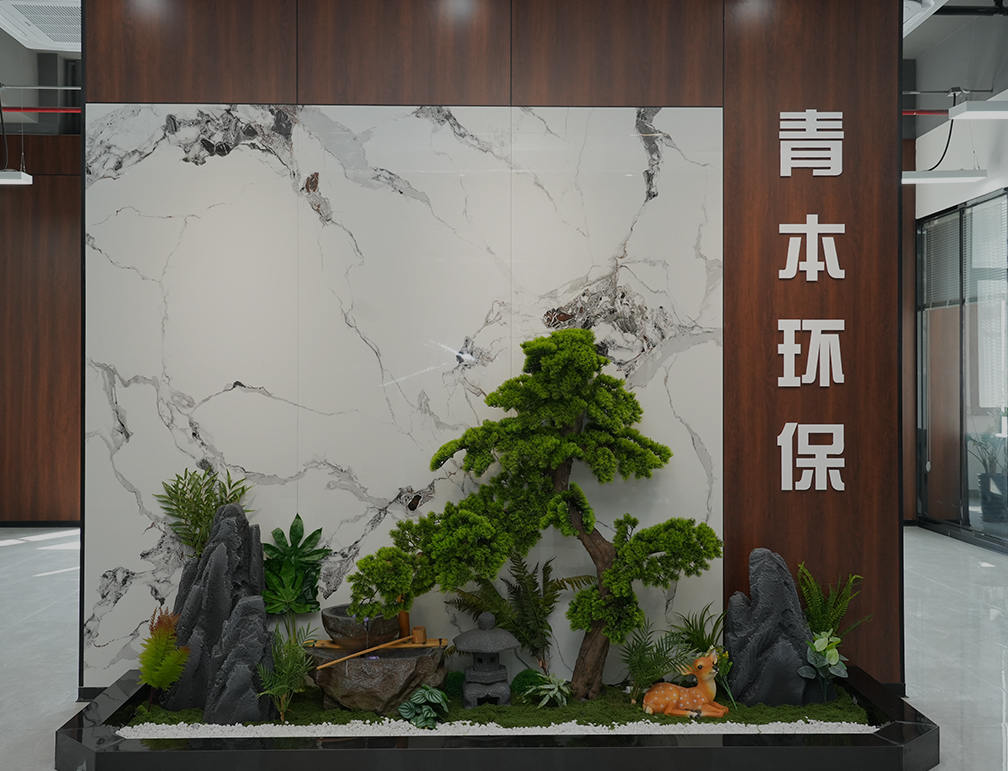Grating equipment is mainly used to intercept larger floating objects such as branches, weeds, broken wood, etc. at the water inlet. Different models can be selected according to different processing requirements and on-site environments. They have a compact structure and small floor space. Save space. Widely used in municipal sewage water plants, industrial wastewater, hydropower stations, food processing, paper mills, and other sewage treatment.
Fiber turntable filter cloth tank (QBFP series) After the raw water enters the filter tank, it passes through the filter cloth under the action of gravity. The fluff of the filter cloth lies flat and can intercept suspended solids with a particle size of several microns. The vertical plate design has a large filtration area and a small footprint. It uses long-haired fiber filter cloth, which can effectively filter sewage at high speed. It can operate continuously, and the liquid level sensor automatically controls backwashing.
In the rotary drum precision filter, the raw water flows into the filter by gravity. The clean water flows out through the stainless steel filter cloth while the suspended matter remains inside. The dirt in the sewage tank is discharged through the sewage pipe under the action of gravity. It adopts a stainless steel filter cloth, which is easy to replace, occupies a small area, and saves space.
Sludge scrapers and suction machines are mainly used to discharge the sludge from the bottom of the tank. The scraper uses reciprocating action to scrape the bottom sludge to a section of the sludge collection pit for discharge. It is suitable for scraping and collecting sludge from the bottom of the advection sedimentation tank. According to the size of the tank and the drainage water inlet, you can choose a trellis scraper, a central drive scraper, a peripheral drive scraper, or a GMG-type high-density sedimentation tank scraper.
The advantage of a mud suction machine compared to a mud scraper is that the sucked and discharged sludge (fine particle size, difficult to settle) does not disturb the water body, but has a higher moisture content. According to your needs, you can choose the truss sludge suction machine, the center drive single-tube sludge suction machine, or the peripheral drive sludge suction machine.
The screw press is a supporting device for the pollution interception grille. It consists of a feed hopper, a pressing screw, a spiral tube, a slag discharge pipe, and a driving device. The filter residue that needs to be processed enters the spiral tube from the feed inlet, is extruded and dehydrated under the action of the pressing screw, and is finally discharged, which can greatly reduce the weight and volume of debris such as screen residue. The equipment is made of stainless steel, which has high strength, corrosion resistance, long service life, small contact surface with the material, and low friction. It can improve the extrusion efficiency while achieving no clogging and no winding.


Just say hello and we'll start a fruitful collaboration. Start your own success story.
With the rapid development of urbanization and industrial civilization, sewage treatment equipment is like a "precision filter" that protects water ecology. Through technology integration and model innovation, sewage treatment equipment is converted into recyclable renewable resources. Sewage treatment equipment is not only a physical carrier for environmental governance, but also a technical support for realizing the ecological concept of "green and sustainable development".
Qingben Environmental Protection Technology (Jiangsu) Co., Ltd. is a professional enterprise focusing on the manufacture and service of sludge and wastewater treatment equipment. Qingben Environmental Protection Technology Co., Ltd. is well aware that the core value of sewage treatment equipment lies in building a composite sewage treatment system of "pollution interception-material separation-energy recovery". The technical advantages are concentrated in the dual-wheel drive of intelligence and modularization.
The evolution of equipment characteristics reflects the upgrading trajectory of the environmental protection industry. Traditional activated sludge equipment is integrating with new processes such as anaerobic ammonia oxidation and aerobic granular sludge to form a composite treatment unit.
Sewage treatment equipment is transforming from single-function equipment to smart ecological equipment. The equipment life cycle management platform built by digital technology can observe the blockage cycle of membrane components and flush them. These changes indicate that sewage treatment equipment is no longer just a pollution prevention and control tool, but also an important infrastructure for sustainable urban development, continuously injecting innovative momentum into water resource recycling and low-carbon transformation.